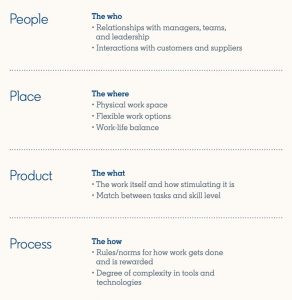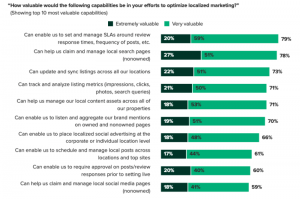— September 16, 2018
According to a NetElixer study, U.S. ecommerce sales increased by 13% in 2017 compared to 2016. On average, the holiday season accounts for approximately 20% of all retail sales, with some retailers surpassing 30%. It’s time to prepare for the holidays, not just by developing a digital marketing plan, but with technical improvements to drive sales, including an audit of website functionality that includes bug fixes and design tweaks to improve the user experience. Combine this with a solid customer service policy to minimize returns and chargebacks, and you’ll do well this holiday season.

Improve the Checkout Experience
Most ecommerce sales are lost during checkout when users abandon their shopping cart before submitting payment details, sometimes because a payment option is not available. This cause for abandonment can be avoided if you accept multiple payment options, such as every major credit card, and PayPal. You should also accept digital wallet payment options from companies like Apple, Android, MasterCard and others. Cryptocurrency payments may be integrated too, using plugins like Coinbase Commerce.
You’ll want to create a seamless shopping experience to lead customers to submit their payment details. Start by integrating auto-suggested and type-ahead address verification. Not only will this reduce keystrokes, but it will increase deliverability of packages, meaning fewer delays, chargebacks and cancellations.
Also be sure to minimize the number of required fields to complete an order, and optimize your forms for mobile users. Rather than putting labels to the left of each field, where they may disappear from the viewport, putting them above each field, or use HTML5’s “placeholder” attribute to label input elements on the inside. Mobile optimization is critical for frictionless payments, and more should be done to reduce stress for the end-user while shopping and when making a final decision to check out.
Improve the Mobile Experience
Most current ecommerce websites are designed with a responsive layout that changes based on the device and screen resolution. Test your design on every popular resolution and browser by viewing your homepage, category pages, product detail pages, the shopping cart and checkout pages. Add items to the cart and complete some test orders. Use a font size that is large enough to be read on a small screen, and keep in mind that mobile layouts tend to convert better when text is limited, and the add-to-cart button is easy to find.
As a final step, consider a technical audit of your mobile website. Review your mobile navigation to confirm that all pages are accessible and let users swipe between products instead of scrolling. Check that your content and image files are not so heavy that they slow down page load times, and replace image design elements with CSS wherever possible.
Google has already rolled out mobile-first indexing of websites that adhere to best practices, giving them a strategic edge in the rankings. Use it to your advantage, and even consider shorter meta descriptions and other mobile-first optimizations to drive organic traffic.
Improve Customer Service to Prevent Chargebacks
Most of the aforementioned ideas will help you to improve conversion on your ecommerce website. It’s not enough to drive sales, however. Chargeback prevention and minimizing returns will protect your bottom line.
Many chargebacks come from avoidable miscommunications. First, check with your payment processing company to make sure that you’re using an accurate and recognizable company descriptor that appears on the customer’s billing statement. If customers don’t recognize your company name, they may reverse the charges. Also include a working phone number in the descriptor, and list multiple contact options on your website and in the email confirmations that get sent out. Respond quickly, as customers feel vulnerable when they reach out, whether it’s through email, a contact form, by phone or through social media.
When customers do reach out, resolve disputes as amicably as possible. If they complain that the product is not as described, then let them return it for a refund or exchange, and review the listing. Refunds are always better than chargebacks. You’ll save on fees, and your customer will have a better experience. There is a cost associated with acquiring a new customer, and a complicated return policy may seem profitable today, but you’ll lose customers for the long term.
A well-thought shipping policy is always important as the final step in order fulfillment. Start by providing tracking numbers for all packages. Signature requirements may be inconvenient since most people are not home during delivery hours, but such requirements can reduce loss and theft. So, set a minimum order size for required signatures, and in those cases, steer customers to ship their packages to a work address or other location where they will be available to sign for it.
Conclusion
Start with this list and comb through your ecommerce website before the holidays. Fix any bugs, tweak the design and optimize your website for the best possible user experience, then make sure that your customer service process is well-thought. If you follow these steps, you’ll likely do well over the holidays, and you may even discover improvements for the long term.
Digital & Social Articles on Business 2 Community
(47)









